Between squinted eyes fighting to hold back the driving rain, we surveyed our landing spot. Beyond the sandy beach, there was only dense forest of jack pine and black spruce as far as the eye could see. We zipped our jackets a little higher and adjusted our packs a little tighter. With a wave goodbye to the captain of our shuttle, the aluminum catamaran was swallowed in the mist leaving us alone. We were walking out.
VOYAGUER ROUTE
Hiking the Coastal Trail in Pukaskwa National Park on Lake Superior’s northern shore had been a family decision. My husband, Fraser, and I had carefully consulted with our sons, Luke, 10 and Zach, 8, as the remote and rugged route required planning, training and commitment on everyone’s part.
Up until then we had enjoyed multi-day canoe trips and weekend hikes as a family, but 60 kilometers over seven days burdened with heavy packs was a daunting proposition. Our biggest concern was that on this single-access-point trail, failure was not an option. Blisters and tears would not be grounds for rescue.
The 1,900-kilometer-square national park is the definition of isolation, part of the longest undeveloped shoreline anywhere on the Great Lakes. The solitary road that leads into the park terminates at Hattie Cove campground where we would end our hike.
Truly a backpacker’s paradise, the trail is part of the larger, and yet to be fully-realized, 1,100-kilometer Voyageur Route hiking trail, which will one day carve a continuous hiking path from the eastern shore of Lake Huron to the western shore of Lake Superior.
The trail hugs the shore and is a maze of ascents and descents, fallen trees and car-sized rock slabs; at times it’s so steep hiking poles are set aside in favour of good old-fashioned scrambling. Boulder fields are vast and ankle twisting, shifting and slippery when wet. I took each step as if the next could result in a trip-ending injury, while Luke and Zach made a sport of it. I cautioned them to be careful, but “obstacles make it more interesting” they assured me.
 Continue reading this article in the digital edition of Canoeroots and Family Camping, Early Summer 2014, on our free iPad/iPhone/iPod Touch App or Android App or read it on your desktop here.
Continue reading this article in the digital edition of Canoeroots and Family Camping, Early Summer 2014, on our free iPad/iPhone/iPod Touch App or Android App or read it on your desktop here.



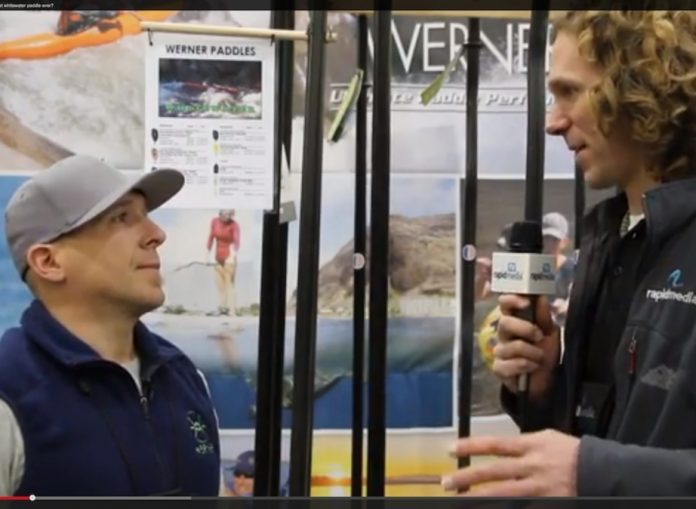
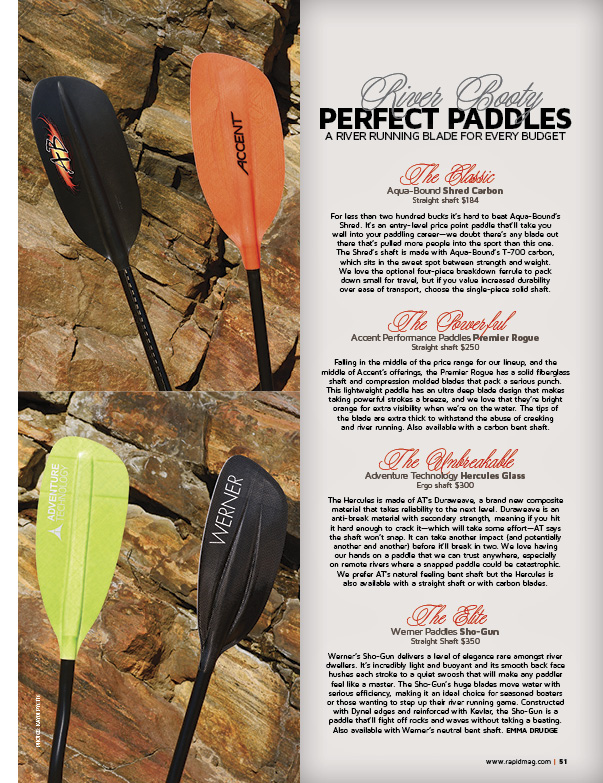

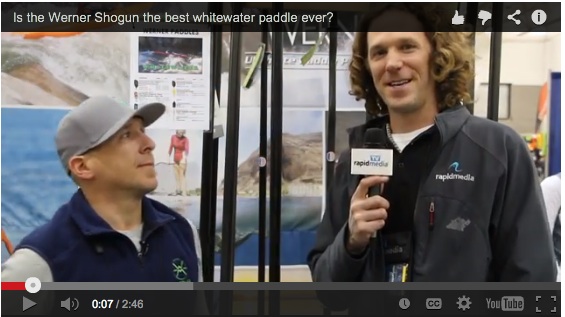

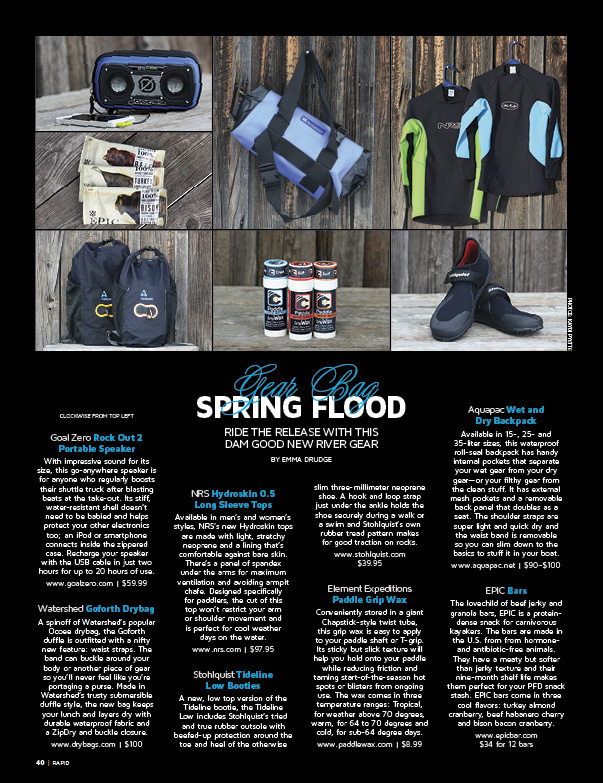

 Continue reading this article in the digital edition of Canoeroots and Family Camping, Early Summer 2014, on our free
Continue reading this article in the digital edition of Canoeroots and Family Camping, Early Summer 2014, on our free 
 Continue reading this article in the digital edition of Canoeroots and Family Camping, Early Summer 2014, on our free
Continue reading this article in the digital edition of Canoeroots and Family Camping, Early Summer 2014, on our free 
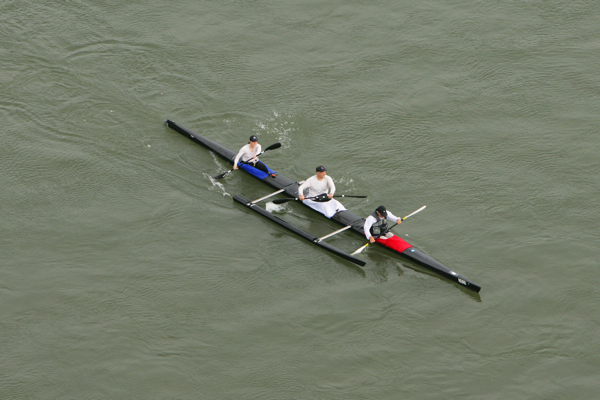

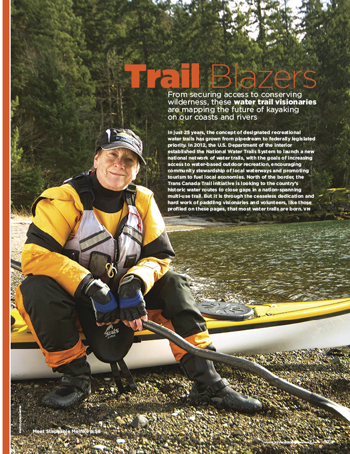

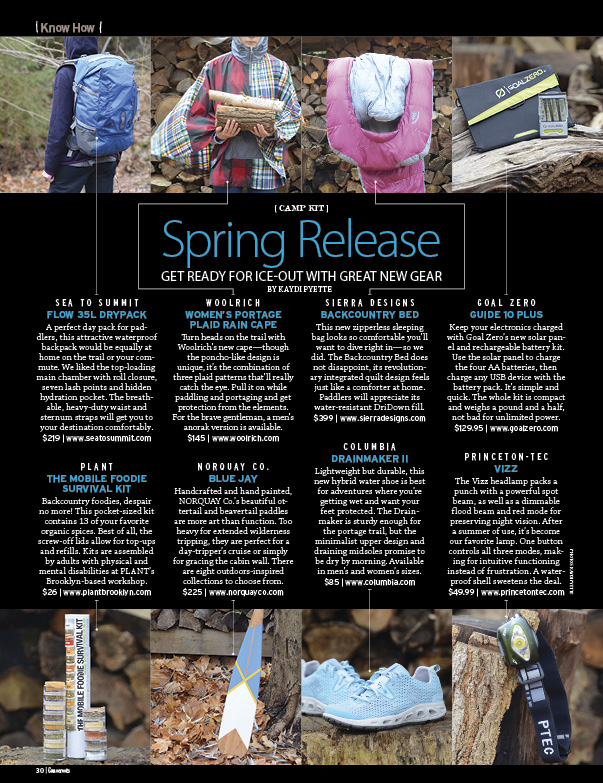 This article originally appeared in Canoeroots and Family Camping, Spring 2014. Get more great gear reviews by downloading our free
This article originally appeared in Canoeroots and Family Camping, Spring 2014. Get more great gear reviews by downloading our free 
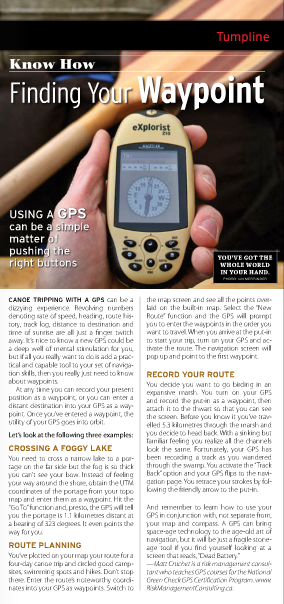 Continue reading this article in the digital edition of Canoeroots and Family Camping, Spring 2007, on our free
Continue reading this article in the digital edition of Canoeroots and Family Camping, Spring 2007, on our free 
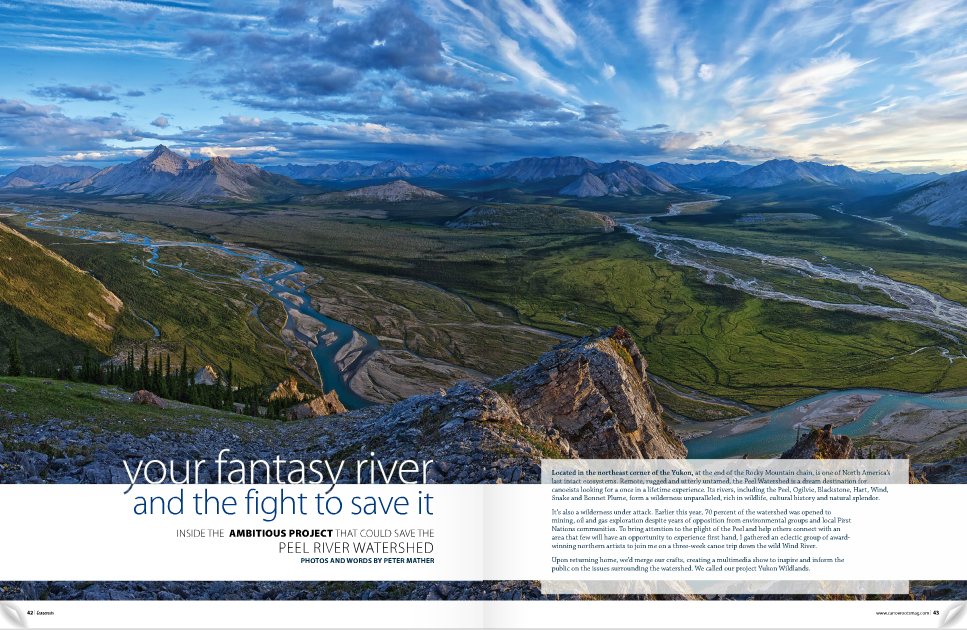 Continue reading this article in the digital edition of Canoeroots and Family Camping, Early Summer 2014, on our free
Continue reading this article in the digital edition of Canoeroots and Family Camping, Early Summer 2014, on our free 